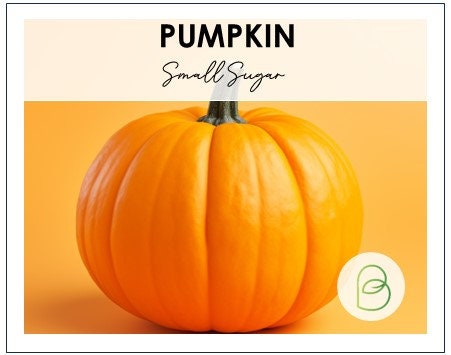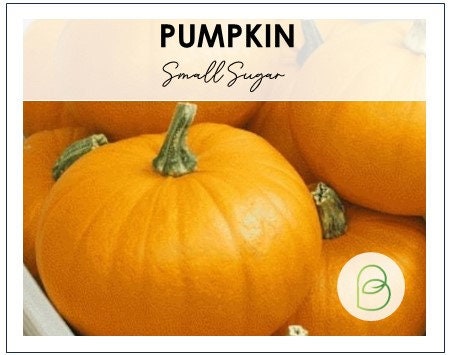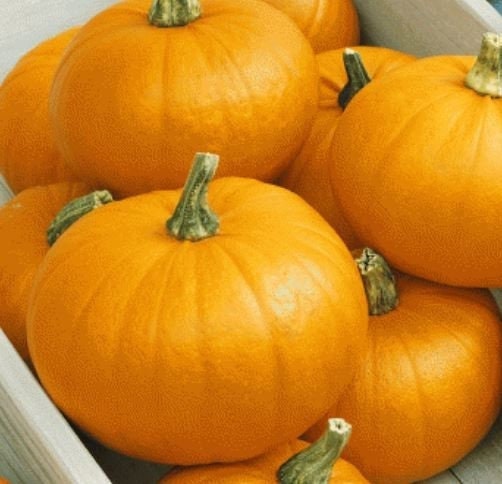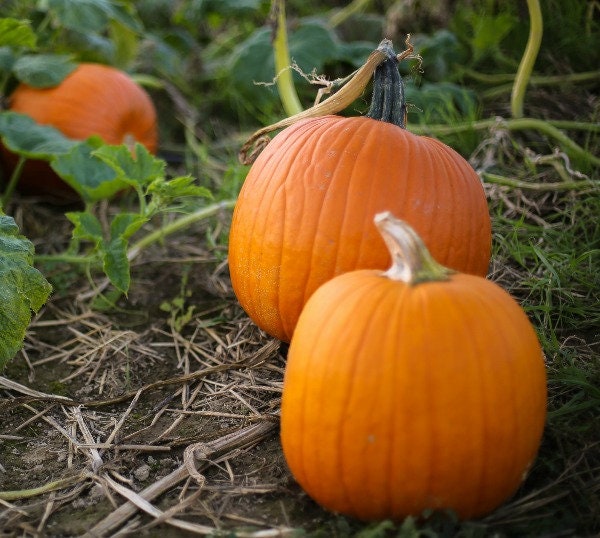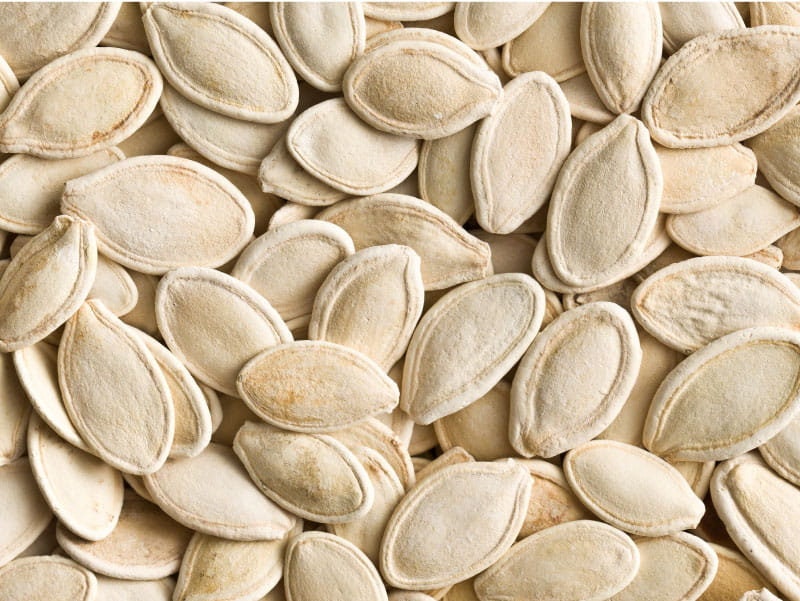My Store
Pumpkin Small Sugar
Pumpkin Small Sugar
Couldn't load pickup availability
Small Sugar pumpkins are a popular heirloom variety, and grow pumpkins that are small, round, and weigh about 7 pounds. The flesh is fine-grained, sweet, stringless, and yellow-orange in color. Small Sugar is a highly preferred pumpkin for canning and pies. It matures in about 100 days.
Dating from the early colonial period of American history, this heirloom pumpkin is an excellent choice for pies and baking because of its smooth, sweetly flavored flesh.
Sowing: Gardeners with short growing seasons may want to start the Small Sugar pumpkin seeds they order in bulk indoors a month before the last expected frost. Since pumpkins do not take well to transplanting, peat pots are the best option. Plant two seeds per pot, later clipping off the weaker seedling. Harden the seedlings by exposing them to the weather for several hours at a time during the week before transplanting. About a week after the last frost or when the soil temperature reaches an average of 60 degrees F, plant the seedlings in very rich soil 8-10' apart in rows 10-12' apart. Another option is to plant the seedlings in hills of two, 8-10' apart. To direct sow, plant the seeds a week after frost 1/2" deep, 3-4' apart and thin to 8-10' apart. For companion planting benefits, plant Small Sugar pumpkin seeds along with corn but avoid planting them with potatoes.
Growing: Since pumpkin seedlings do not tolerate frost, provide protective coverings if cold weather threatens. Keep the soil moist at all times, but avoid getting the leaves wet as this can cause diseases such as rot or mildew. When the vines begin to develop, a layer of mulch will help conserve moisture and control weeds; mulch also will keep the pumpkins clean and protect them from too much soil contact. By midsummer, pinch off all the blooms to concentrate the plant's energy on the developing pumpkins.
Harvesting: Pumpkins can be harvested as soon as the stem begins to dry and the skin becomes too hard to pierce with a fingernail. Because cold weather can damage pumpkins, they should be harvested before the first frost. Cut the stem with a sharp knife, leaving a 2-3" length." Do not carry the pumpkin by the stem; if the stem breaks off, use it as soon as possible, since this causes the pumpkin to deteriorate quickly. Cure the pumpkins in the sun or a dry location until the stem shrivels; do not wash pumpkins you intend to store. If kept in a 45-50 degrees F location with moderate humidity, most pumpkins will last for up to 5 months.
Multiple orders of a single item may be combined into 1 seed envelope unless otherwise instructed by buyer.
Multiple orders of a single item may be combined into 1 seed envelope unless otherwise instructed by buyer.We take great care to provide high-quality seeds, corms, and bulbs, all of which are tested for acceptable germination rates. However, because successful growth depends on various factors beyond our control—such as planting conditions, weather, and care—we cannot offer refunds for seeds, corms, or bulbs that do not germinate or sprout.
Thank you for your understanding and support. If you have any questions about planting or care, we’re happy to help!
Share
